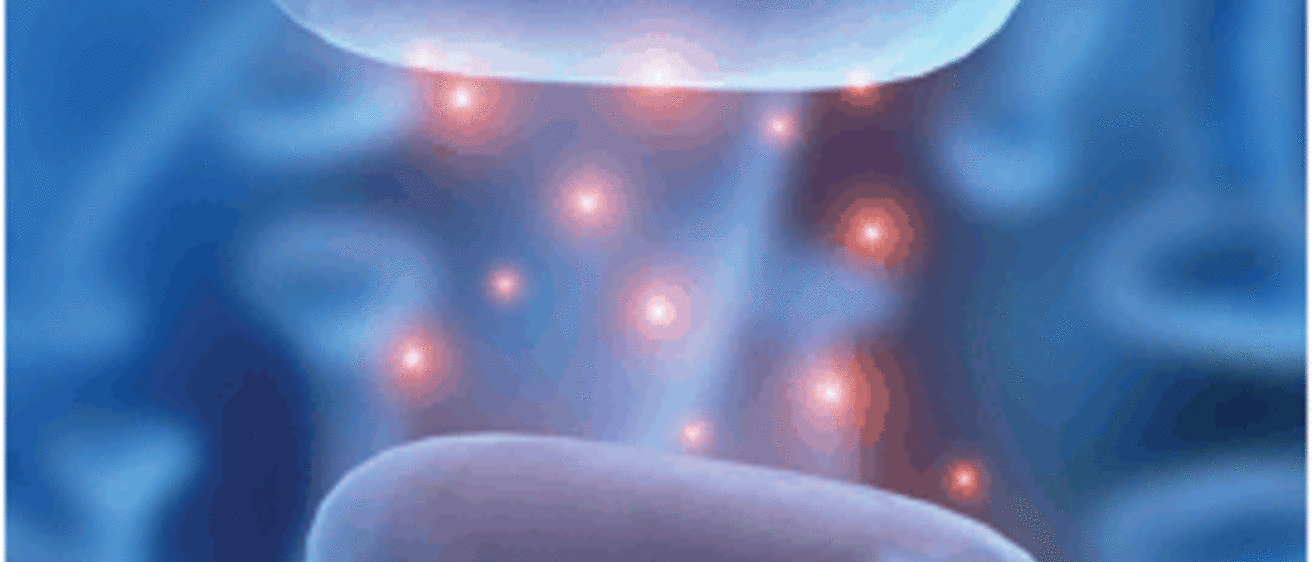More Than 1 Million Americans with Parkinson’s
The second most common neurodegenerative disease is Parkinson’s Disease (PD). It affects more than 1 million Americans and 10 million people worldwide. The cause of this prevalent disease remains largely unknown. Genetics play a role but cannot account for all cases. While age is one contributor, it isn’t clear whether Parkinson’s comes with age or simply takes that long to advance and for symptoms to appear.
Increasingly, many researchers believe that environmental factors, including exposure to pesticides and other toxins, may play a significant role. UI Pharmacy professor and recent Obermann Fellow-in-Residence Jon Doorn has spent the past decade on the trail of Parkinson’s biomarkers, seeking clues as to Parkinson’s causes to be able to find drugs to stop the disease and diagnose earlier.
The NIH defines a biomarker as “a characteristic that is objectively measured and evaluated as an indicator of normal biological processes, pathogenic processes, or pharmacologic responses to a therapeutic intervention.”
Symptoms Arise After PD Is Far Along
PD Symptoms, including resting tremors, slow movement, and rigidity, appear after significant neuron damage has already occurred. At that point, says Doorn, all that can be done is to try to control the disease. But what if something could be done much sooner?
Doorn is interested in the role that pesticides play in the occurrence of PD, and what clues they may provide as to how the disease works and how it can be discovered more quickly or even prevented. Since a minority of cases are linked strictly to genetics alone, that leaves a wide window to explore other leading factors and factors that interact with genetics.
How Do Pesticides Trigger Production of Dopamine Metabolites, aka Poisons from Within?
“Many studies now show that exposure to pesticides correlates to a higher risk of contracting the disease,” says Doorn. Why and how this is the case remains murky. “The million-dollar question is how you go from broad exposure to a pesticide to getting a specific disease.”
Doorn and his lab are studying specifically how exposure to pesticides triggers dopamine neurons to produce toxic dopamine metabolites, which include reactive poisons from within. These neurotransmitters, such as dopamine, can generate some “pretty poisonous stuff,” according to Doorn, which is why the body treats them (e.g., dopamine) with kid gloves, packaging them in vesicles. Such a hypothesis would explain selective loss of dopamine neurons.
Dopamine plays a crucial role in the way our brain controls the body’s movements. A shortage of dopamine, one cause of PD, is the reason why those with the disease often exhibit shaky or jerky movements. Loss of dopamine is also associated with schizophrenia, attention deficit hyperactivity disorder, and restless leg syndrome.
“If you disrupt any part of dopamine metabolism or trafficking,” explains Doorn, “you can get Parkinson’s features in lab animals.” And what disrupts the delicate balance of neurotransmitters’ uptake and metabolism? Pesticides.
Personal Connection to Parkinson’s
Doorn’s interest in Parkinson’s research is fueled partly by his personal connection to it: he lost a grandfather and an uncle to the disease. He is also fascinated by the necessarily interdisciplinary aspect of PD research, which involves chemistry, biochemistry, biology, and other collaborative fields.
During the Fall 2014 semester as an Obermann Fellow-in-Residence, Doorn completed major grants to the National Institutes of Health and the National Science Foundation, as well as other minor grants. As part of the biweekly seminar with his Obermann colleagues — a group that included faculty members from English, anthropology, and music — Doorn shared a template of the grant manuscripts and asked the group to comment on the logic and progression of the proposals. Not only were their responses “extremely helpful,” but the group also discussed the ethics of pesticides and the price of industrialization. Specifically, they questioned the benefits that pesticides have made to humankind by protecting crops and producing more food, versus the tradeoff of the toxins they have introduced into the environment. Doorn believes there needs to be more discussion around public policy, as well as better education regarding the health costs of pesticides.
Glial Cells — More Than They Appear
Ever evolving, Doorn’s current research on PD is focused on glial cells. These nonneuronal cells provide support and protection for neurons in the brain. If you look at the nervous system, a significant part is made up of glial cells. Up until recently, Doorn explains, glial cells have gone relatively unstudied — the white noise through which researchers are trying to hear a more unique sound. But it’s become clear to him that they contribute to inflammation and are key contributors to disease.
Perhaps they will move him closer to teasing out the answer to the cause of Parkinson’s disease.
